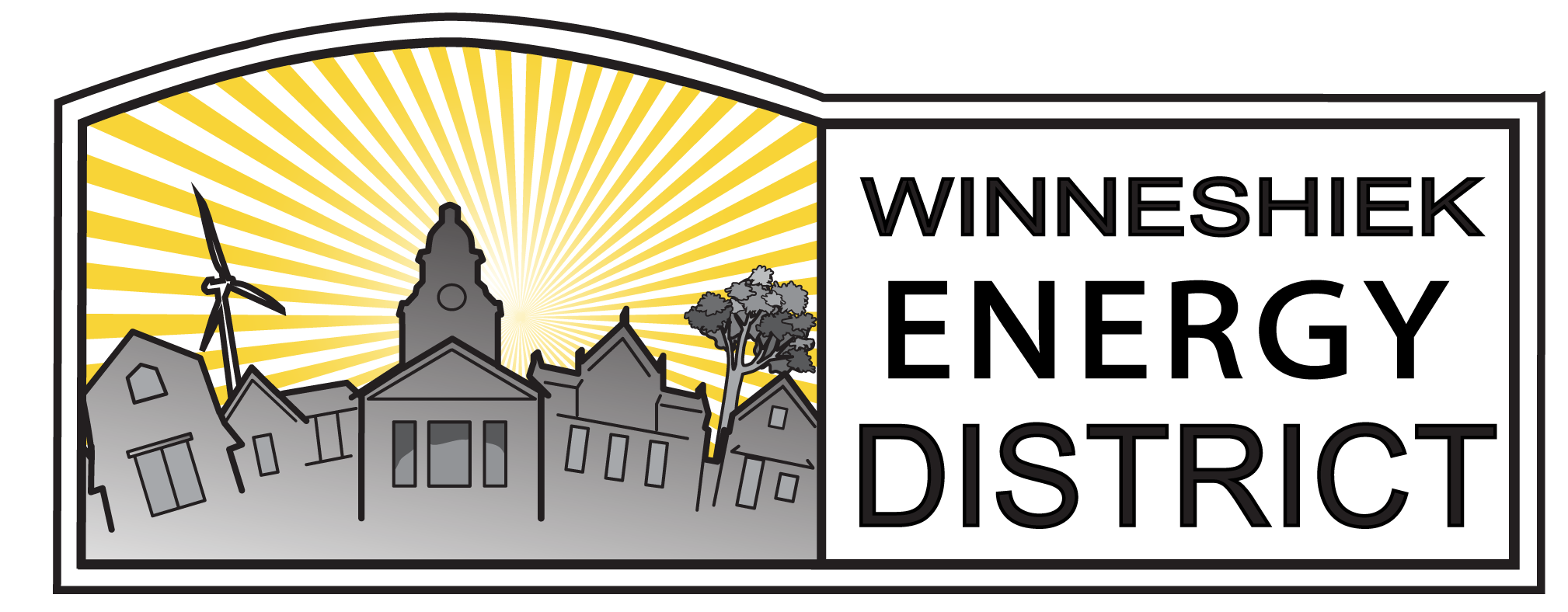Honey Bees in a Solar Field: A Sweet Combination
By Maggie Anderson, Green Iowa Americorps
Joel Fassbinder, local beekeeper and owner of Highlandville Honey Farm, enhances the newly emerging and exciting environmentally friendly technique of putting pollinator habitat underneath solar arrays, thanks to his honey bee hives located in a solar field!
Dramatic declines in insect abundance and diversity are becoming increasingly well documented worldwide, largely as a result of global warming and habitat loss. There is a need to create new and innovative ways to protect and provide for insects, and planting pollinator-friendly habitats underneath solar arrays is a way to do it.
Currently some large scale solar sites, although contributing greatly to renewable energy, can be detrimental to ecosystems when the land underneath their panels is turned into a grass monoculture or it is stripped, sprayed with herbicide, and covered with gravel. Even solar sites that do not implement these damaging practices are still not actively promoting and contributing to insect survival. Fassbinder saw the chance for this solar land to be used in an additional way, one that is supportive and intentionally beneficial for insects.
Solar arrays planted with native vegetation and forbs are a chunk of land that beekeepers, honey bees, native bees, and other pollinators, including butterflies, can rely on as a healthy habitat and environment. For the past two years, Fassbinder has had honey bee hives located on a large scale pollinator-friendly solar site in Winnebago County, Iowa. The site has native flowers and grasses planted underneath and surrounding the solar panels. This flora nourishes Fassbinder’s honey bees and assists in their bountiful production of delicious honey.
In 2020, Fassbinder harvested around fifteen thousand pounds of honey from two hundred hives. Fassbinder’s success is largely due to his beekeeping philosophy which is focused on keeping healthy bees. He explained that the greater variety of sources of pollen makes the bees healthier, which helps them produce more honey, coexist with other bees, and enhance their ecosystem. The healthy bee philosophy is why Fassbinder has chosen to place his hives on the Winnebago County solar array and throughout the countryside in Winneshiek and Allamakee counties. These are all ecosystems where honey bees can thrive with access to a variety of pollen and nectar sources and water.
This exciting double, even triple, use of the land – producing renewable energy, providing pollinator habitat, and beekeeping – is becoming increasingly popular. Many states (Minnesota, Maryland, South Carolina, New York, Vermont, Illinois, and Michigan) have passed legislative initiatives for promoting pollinator-friendly habitat in solar arrays. Action is also being taken locally. In Iowa, there is continued growth in the number of new solar developments being planted with native vegetation to support pollinators, including honey bees. As Fassbinder said, “We’ve got these big solar fields, and what else can we do with them?”
If the benefits that come from combining renewable energy and creating a healthy ecosystem are not convincing enough, then we recommend that you buy a jar of Joel Fassbinder’s honey because it’s delicious and will definitely sweeten you up to this new and exciting initiative!
